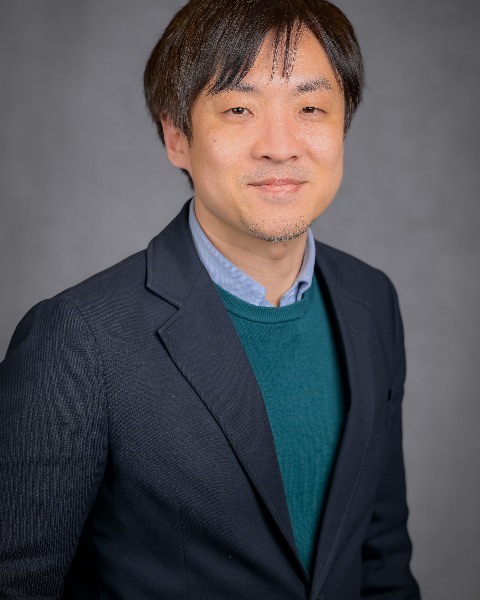General Pharmacometrics
(M-042) Model-Informed Dose Justifications and Clinical Pharmacology Strategy of Posaconazole in Japanese Patients for Prophylaxis and Treatment Against Fungal Infection
Monday, November 11, 2024
7:00 AM - 5:00 PM MST
Takashi Iwasa, n/a – Associate Principal Scientist, Merck Sharp & Dohme; Hiroyuki Yoshitsugu, n/a – Senior Director, Merck Sharp & Dohme; Rebecca Wrishko, n/a – Executive Director, Merck & Co.

Chihiro Hasegawa, PhD (he/him/his)
Director, Clinical PK & PMx
Merck Sharp & Dohme, Japan
Author(s)
Disclosure(s):
Chihiro Hasegawa, PhD: No financial relationships to disclose
Objectives: Posaconazole is a globally approved broad-spectrum triazole antifungal compound. In Japanese patients, posaconazole has identical dosing regimens as those approved globally for both tablet and intravenous formulations. We report a model-informed approach for dose justification of posaconazole in the Japanese population as either high-risk patients with fungal infections (prophylaxis patients) or patients with fungal infections (treatment patients), as well as a newly added/updated perspective from [1], i.e., a clinical pharmacology strategy of posaconazole focused on both ethnicity (Japanese vs. non-Japanese populations) and disease status (healthy participants vs. patients) which were potentially confounding.
Methods: A simultaneous population pharmacokinetic (PK) model for tablet and intravenous formulation was developed on the basis of a data set including Japanese data from healthy participants and treatment patients [1]. The PK profiles and exposure distributions in Japanese patients were predicted and compared against non-Japanese patients. Relationships between the post hoc posaconazole exposures and frequently observed clinical adverse events were evaluated. Although clinical trials for Japanese prophylaxis patients were not conducted, PK profiles in Japanese prophylaxis patients were predicted using the population PK model and demographic covariate information obtained from the published literature.
Results: Based upon the globally approved dosing regimen, posaconazole exposure distribution was predicted to be the highest in Japanese treatment patients, and generally similar between Japanese and foreign prophylaxis patients. An inter-study comparison based on PK data in healthy participants indicated lack of effects of ethnicity on PK of posaconazole, suggesting that the disease status and demographic factors including body weight and age, rather than ethnicity, are important covariates on posaconazole PK. Exposures in Japanese patients exceeded the efficacy target level (500 ng/mL). Safety profiles in Japanese treatment patients with the highest exposures were clinically acceptable without specific concerns to Japanese patients and appeared to have no relationship with posaconazole exposures.
Conclusions: From PK, safety, and efficacy perspectives, the use of the same dosing regimen as in foreign patients was justified in Japanese prophylaxis and treatment patients.
Citations: [1] Iwasa T, et al. J Clin Pharmacol. 2023; 63: 421-434.

